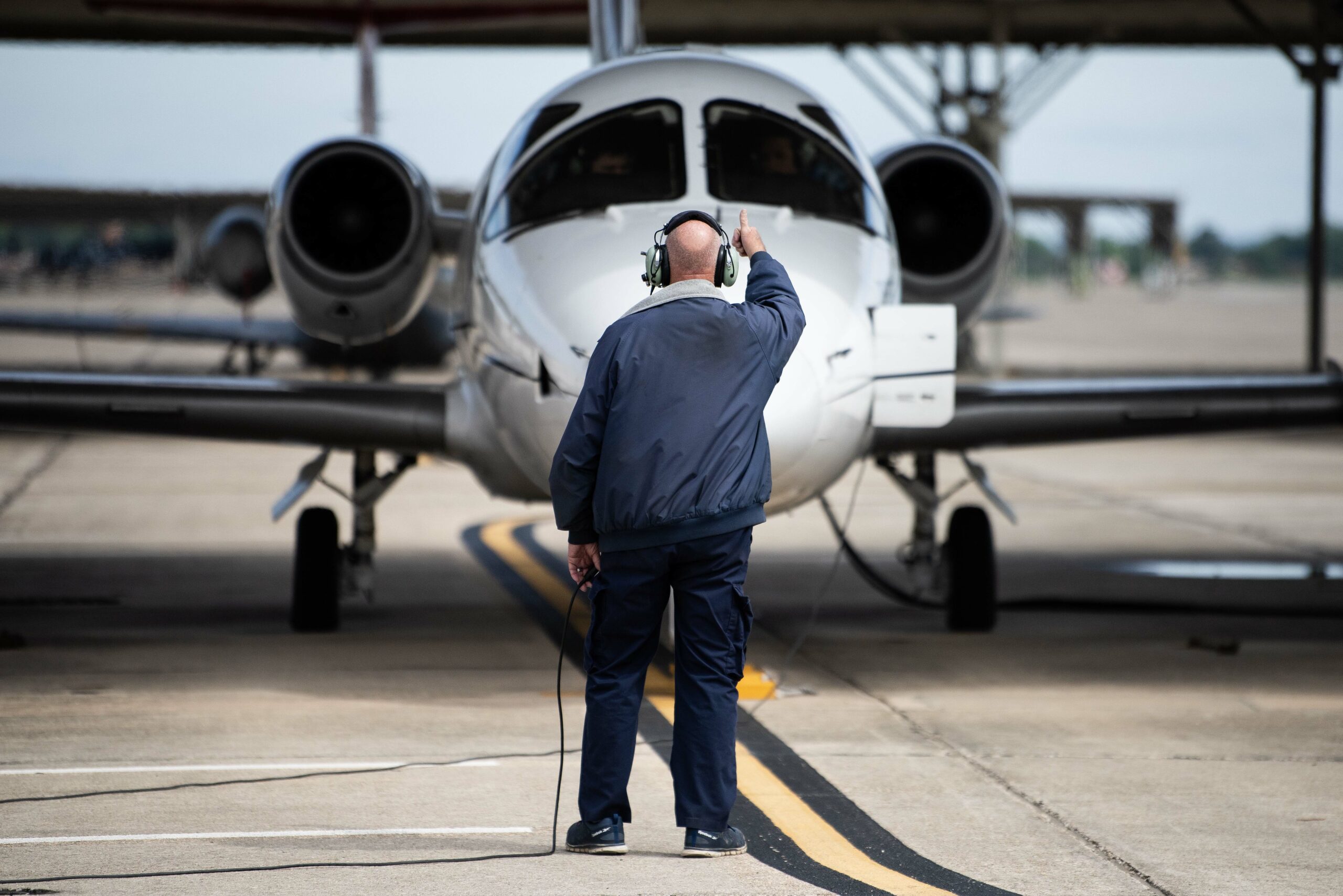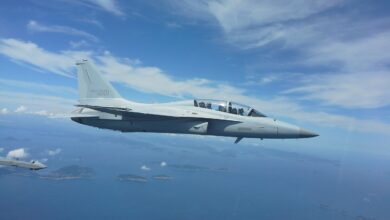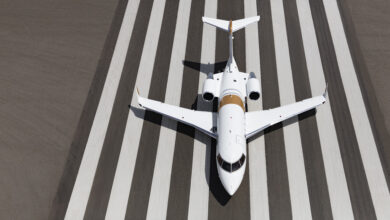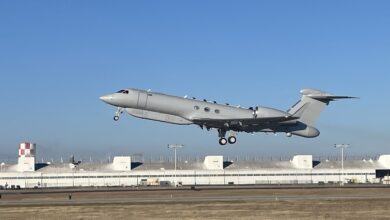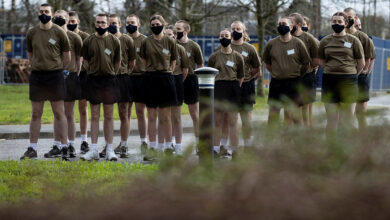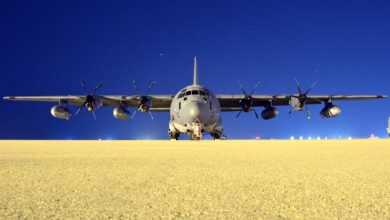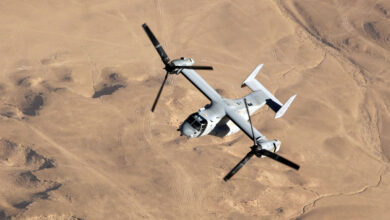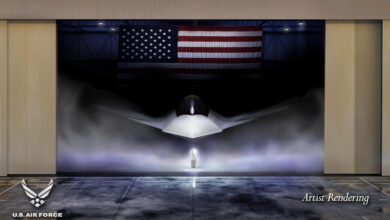The US Air Force has conducted the final flight of the T-1 Jayhawk medium-range trainer jet, marking its retirement after three decades.
The aircraft flew from Joint Base San Antonio-Randolph in Texas to Davis-Monthan AFB in Arizona for the ceremony.
Since its induction in the early 1990s, the Jayhawk has served as a pilot and aircrew training capability at multiple US military sites and covered thousands of preparations for platforms such as the C-17 Globemaster III, KC-135 Stratotanker, and the C-130 Hercules.
The planes were operated by the Randolph-based 99th Flying Training Squadron (99 FTS), which oversees flight instruction throughout the Air Education and Training Command.
The 99 FTS, previously known as the Tuskegee Airmen, was formed during the Second World War and was the first African-American flying unit under the US Department of Defense.

“It was an honor to be a part of the final Red Tail T-1 flight,” 99 FTS Commander Lt. Col. Dominique Haig commented after piloting the jet for the ceremony.
“They’ve been a workhorse for the past 31 years preparing the instructor pilots and combat systems operators for the Mobility Air Force, Air Force Special Operations Command and Air Combat Command.”
Passing Legacy
Before the Jayhawk’s retirement, the US Air Force began its flight training program transition to the sixth-generation T-7A Red Hawk.
This modern platform will be used to provide trainees with “state-of-the-art” systems, more realistic scenarios, and complex missions to match the demands of evolving aerial operations.
Industry partner Boeing introduced the first Red Hawk to the US Air Force in 2022. Simultaneously, the company announced the development of an integrated augmented reality solution to support the jet’s training capability.
In June 2023, the T-7A completed its maiden flight in Missouri. The first Red Hawk was delivered to the service three months later.
Before using the T-7A, trainees practice with the T-7 Texan II under the Joint Primary Pilot Training, which encompasses basic command and control, intelligence, surveillance and reconnaissance, mobility, and special operations courses.
“While we are closing one chapter in Air Force pilot training, we are gearing up for the next,” Haig explained.
“The 99th FTS is making initial preparations for the reception of the T-7 Red Hawk. From renovating buildings to support T-7 training to T-7 academic courseware development and review.”

